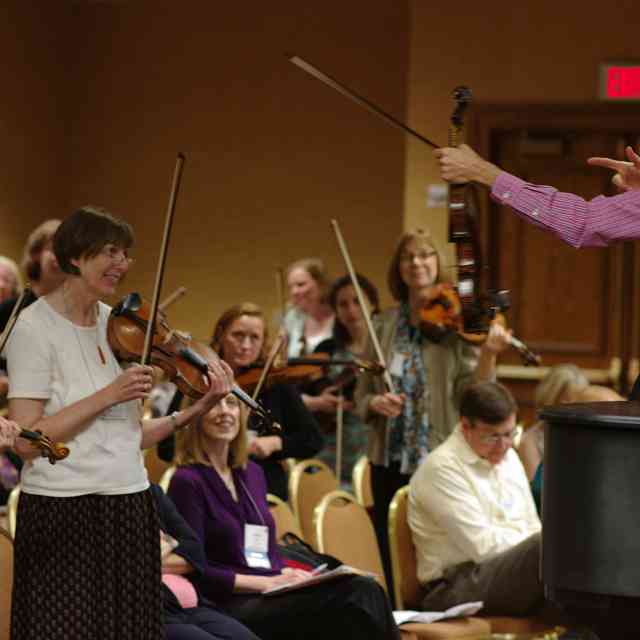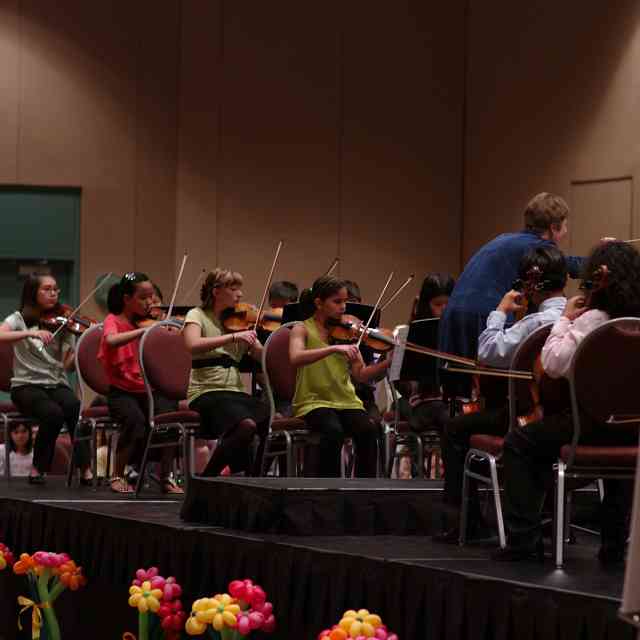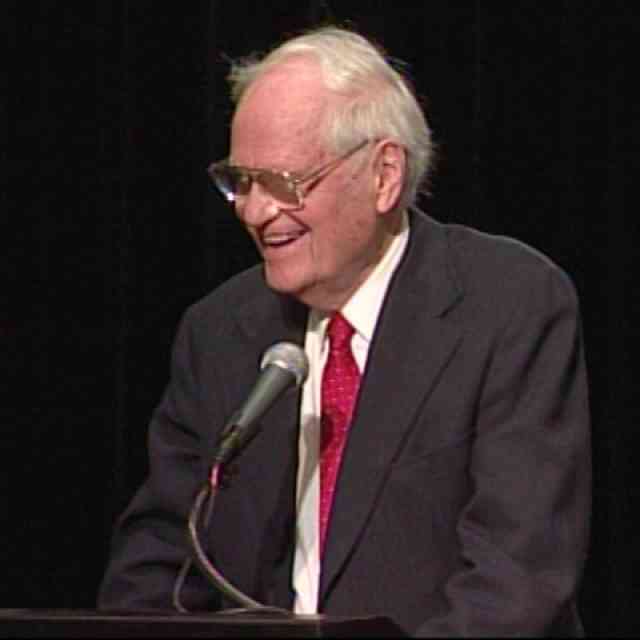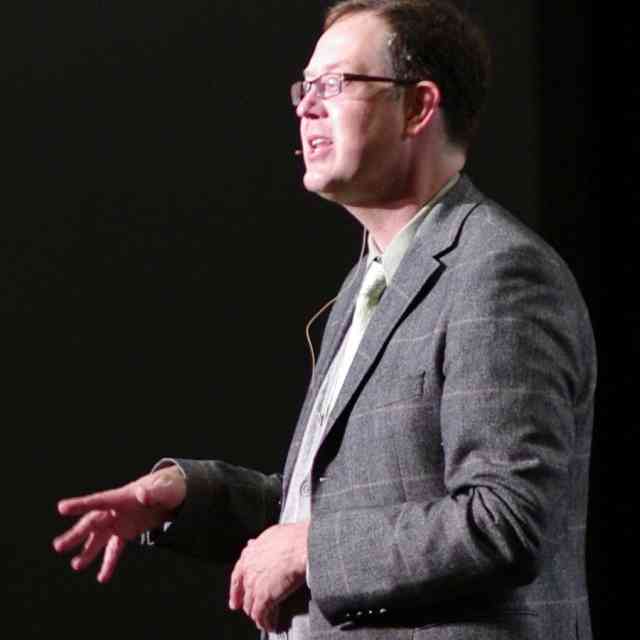
Student & Teacher Recorder Consort at 2012 Conference Recorder Consort after performance on Symphony Ballroom balcony.
The recorder events at the recent SAA Biennial Conference had a very international flavour, with participants from Bermuda, Brazil, and Canada as well as the United States. Teachers and students worked together with our clinician, Renata Pereira, to perform a selection of renaissance consort pieces from the balcony overlooking the Hilton hotel lobby on Sunday afternoon. The program included works by Josquin des Prés and Christopher Tye, as well as a Brazilian piece by Luiz Gonzaga. Renata brought her Brazilian friends Fabio and Andrea to play the percussion parts. We had some fun Brazilian jam sessions after the consort rehearsals. Those people dancing in the hallway outside Director’s Row 1? That was us.
The recorder masterclasses offered performances by four students playing pieces ranging from Book 2 to Book 8. Benedict Vennari played the b minor Minuet by J.S. Bach, Eli Pressman performed the Air by F. Couperin, Devan Prithipaul played the Presto from G.F. Handel’s g minor Sonata, and Sophia Schoen performed the final movement of the Sammartini Concerto. Renata’s lessons with each student focussed on beautiful tone and phrasing, and each student showed definite improvement at the end of each lesson. Harpsichordist Donald Livingston accompanied each student with great sensitivity. Harpsichords are not very common, and for some of the participating students it was a rare treat to play with such a fine performer on such a fine instrument. Thank you, Donald, for bringing in your instrument and playing it with us!
Donald also performed with Renata Pereira and baroque guitarist Philip Rukavina at the Saturday afternoon Clinicians’ Concert. The Sonata Prima by Dario Castello is a superb example of the Italian phantasticus style popular in the early baroque period. Renata performed its highly ornamented melodies with great fire and energy, while Donald and Philip gave the continuo part a rhythmic drive that was almost jazzy in some sections. Again, the instrumentation was a treat. The combination of harpsichord and lute or guitar was a common baroque continuo orchestration, but it was seldom seen in modern period instrument performances until recently. Thank you to the organizers of the Cliinicians’ Concert for helping us showcase an early music performance of such brilliance!










